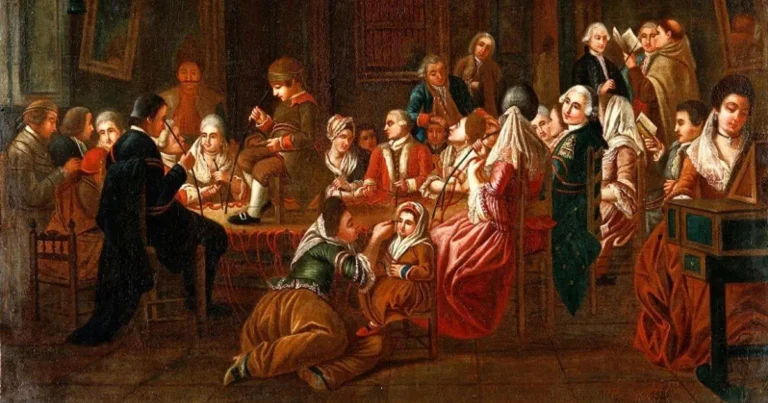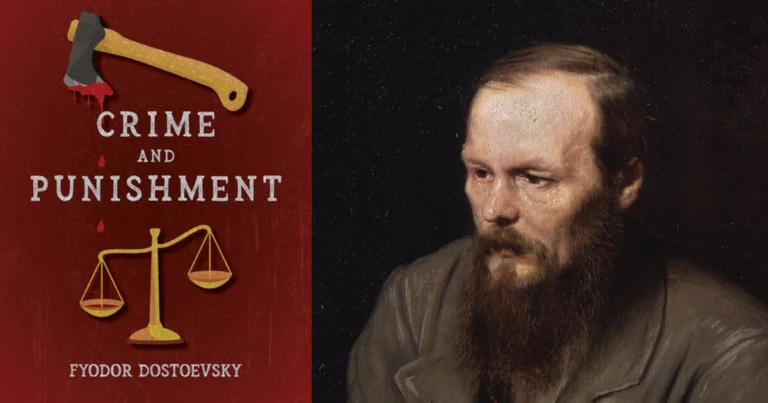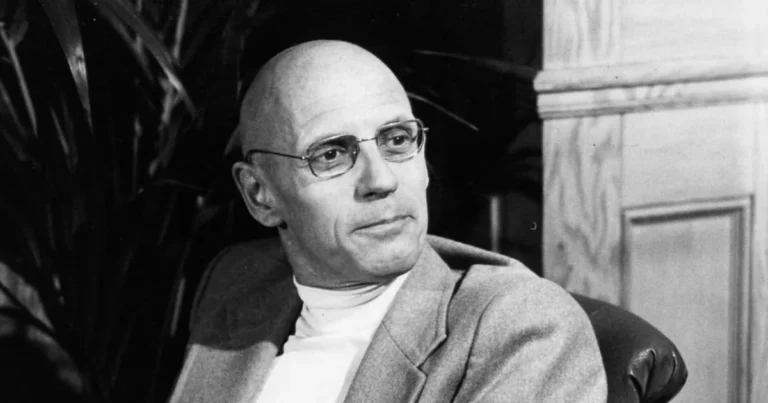When the brain meets Da Vinci: The neuroscience behind the Mona Lisa’s mystique
A painting, motionless for over five centuries, still captivates all who gaze upon it. Its mystery lies not only in technique or history but in the deep unease it provokes. Why do we feel as if the Mona Lisa is watching us? Why does her smile seem to shift? Why does she appear to be hiding something? This illusion of life is more than artistic fascination, it emerges from a complex dialogue between Leonardo da Vinci’s genius and the deepest mechanisms of human perception.
Turning uncertainty into perception
Leonardo da Vinci wasn’t trying to show, he was trying to evoke. His use of sfumato, a technique that softens sharp edges by blending them into shadows and light, defies the expectations of our visual system. The human brain relies on contrast to detect and identify objects quickly. But here, the boundaries are blurred, uncertain. This is not a flaw, it’s a deliberate strategy. It activates our visual system, pushing it to resolve ambiguity. What results is a form of perceptual inference, where the brain attempts to stabilize an image that, by nature, resists stability.
A study by Ladret et al. (2023) at the Timone Institute of Neuroscience supports this idea. By recording the activity of 249 neurons in the primary visual cortex of cats, researchers identified two neuronal populations: vulnerable neurons, disrupted by uncertainty, and resilient ones, able to maintain representation despite sensory noise. This co-encoding of orientation and variance allows the visual system to preserve perceptual coherence in the face of visual blur. In front of the Mona Lisa, resilient neurons continue to encode facial features, even without sharpness. This internal stability gives rise to a subjective impression of movement and vitality, despite the image being perfectly still.
The unease we feel when looking at the Mona Lisa isn’t only about what we see, it’s also about what we think we perceive. Her smile seems both kind and distant, alive and frozen. To explore this ambiguity, Marsili, Ricciardi, and Bologna (2019) conducted a study published in Cortex. They presented forty-two participants with mirrored images of Mona Lisa’s face, split between the left and right halves. The findings revealed a clear asymmetry: the left side of her face conveyed happiness, while the right appeared neutral or even melancholic.
This type of asymmetrical smile doesn’t align with a Duchenne smile, the sincere, spontaneous expression involving symmetrical muscle engagement. Instead, the emotional ambiguity traps the viewer in a zone of uncertainty. The brain, always searching for clarity, attempts to assign a coherent emotion to the face. But every interpretation slips away, much like the smile itself. This instability enriches the perceptual experience. The Mona Lisa doesn’t just allow herself to be seen; she seems to think, hesitate, feel, a dynamic interplay of partial emotional signals.
The illusion of interaction
Perhaps the most unsettling element in the Mona Lisa is her gaze. It gives the uncanny sensation that she’s watching us, no matter where we stand. Once considered a purely subjective impression, this effect has now been rigorously studied.
At Princeton University, researchers asked 724 participants to assess the stability of an object, such as a simple cylinder, placed near a face shown on screen. In some versions, the face appeared to look directly at the object; in others, it looked away or had its eyes covered. Participants consistently judged the object as more stable when it was “under the gaze” of the face, as if it were held in place by an invisible force. When the eyes were covered, this effect disappeared entirely.
This suggests that the brain doesn’t process a gaze as a mere geometrical alignment, but as an active interaction. It projects force, intention, and direction onto it. This mental model is a key component of social cognition, it helps us quickly detect others’ intentions, anticipate their actions, and evaluate whether, and how intensely, we are being observed.
In this light, a gaze becomes a vector of directed intention, an invisible beam connecting the subject to the object of attention. This cognitive simulation, produced without conscious effort, is what gives Mona Lisa’s eyes their enigmatic and insistent presence. Though painted on a flat surface, her gaze seems to occupy space. It’s not just seen, it’s felt. This is not an optical illusion in the classic sense, but a social illusion, one rooted in the way our brain models interpersonal relationships. With Mona Lisa, her direct, ambiguous gaze locks onto the viewer and becomes a powerful stimulus, activating our interpretive circuits. We become silent interlocutors, drawn into a perceptual dialogue. And it is precisely this implicit force, simulated by our own neural processes, that gives the portrait its quiet, unshakable power.
How the Mona Lisa engages our social brain
The idea of the gaze as a vector of intention is grounded in solid neuroscientific evidence. To explore this further, Guterstam and colleagues conducted a second study in 2020 using functional brain imaging. Their goal: to understand how the brain processes a gaze directed at an object.
They discovered that such perception involves not only brain regions specialized in gaze recognition, but also those responsible for motion processing, like the MT+ complex and the temporoparietal junction (TPJ). In other words, when we see a fixed gaze directed at something, our brain implicitly attaches motion to it, mentally tracing a path between the eyes and the target. This mechanism transforms simple visual alignment into perceived action, giving the gaze an active presence in space.
In the case of the Mona Lisa, this process creates the feeling that she is following us. It’s not the painting that moves, it’s our brain injecting motion into the scene. The same principles observed in Ladret’s study on visual ambiguity apply here. In uncertain contexts, the brain activates stabilizing circuits to reconstruct coherent perception. But here, it doesn’t just stabilize a blurry image, it stabilizes an implicit relationship, a silent exchange between observer and image. It is this deep, involuntary simulation that gives her gaze its haunting presence, as if behind the canvas stands an attentive awareness.
The unease evoked by the Mona Lisa stems from the convergence of three kinds of uncertainty: visual, emotional, and interactive. Her sfumato disrupts visual cues, her smile resists emotional interpretation, and her gaze triggers a profound social response. At every level, the brain tries to interpret, stabilize, and make sense, but nothing ever quite resolves. And it is precisely this controlled ambiguity that gives the painting its power. It doesn’t impose a fixed emotion; it invites us to participate in its creation.
The enduring fascination comes from the way it activates core cognitive functions, perception, attention, inference, and emotion, without ever offering a definitive answer. Leonardo’s true genius was not just in painting a beautiful face, but in creating one that still questions the way we see. A face that never settles into a fixed meaning, but actively engages our gaze, guiding it, disturbing it, and forcing it to search.
He created an image that, beyond its aesthetic beauty, acts as a silent revealer of our perceptual activity. The Mona Lisa is not simply a masterpiece of the Renaissance, it is a cognitive enigma, a projective test in which every viewer, unknowingly, becomes a participant. Through his mastery of blur, emotional ambiguity, and the illusion of a fixed gaze, Leonardo composed a portrait that continues, to this day, to stimulate the deepest circuits of the human brain. Five centuries later, this silent figure still speaks to our perceptual biology, as if it were designed not only to be admired, but to be endlessly interpreted.
References
Guterstam, A., Kean, H. H., Webb, T. W., Kean, F. S., & Graziano, M. S. A. (2019). Implicit model of other people’s visual attention as an invisible, force-carrying beam projecting from the eyes. Proceedings of the National Academy of Sciences, 116(1), 328–333.
Guterstam, A., Wilterson, A. I., Wachtell, D., & Graziano, M. S. A. (2020). Other people’s gaze encoded as implied motion in the human brain. Proceedings of the National Academy of Sciences, 117(23), 13162–13167.
Ladret, H. J., Cortes, N., Ikan, L., Chavane, F., Casanova, C., & Perrinet, L. U. (2023). Cortical recurrence supports resilience to sensory variance in the primary visual cortex. Communications Biology, 6, 667.
Marsili, L., Ricciardi, L., & Bologna, M. (2019). Unraveling the asymmetry of Mona Lisa smile. Cortex, 120, 607–610.

Sara Lakehayli
PhD, Clinical Neuroscience & Mental Health
Associate member of the Laboratory for Nervous System Diseases, Neurosensory Disorders, and Disability, Faculty of Medicine and Pharmacy of Casablanca
Professor, Higher School of Psychology







